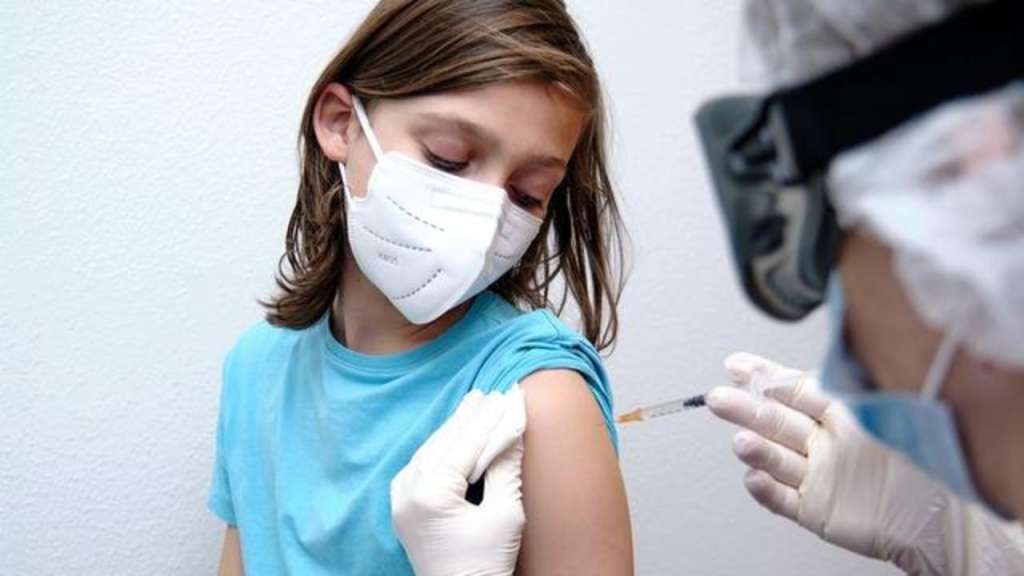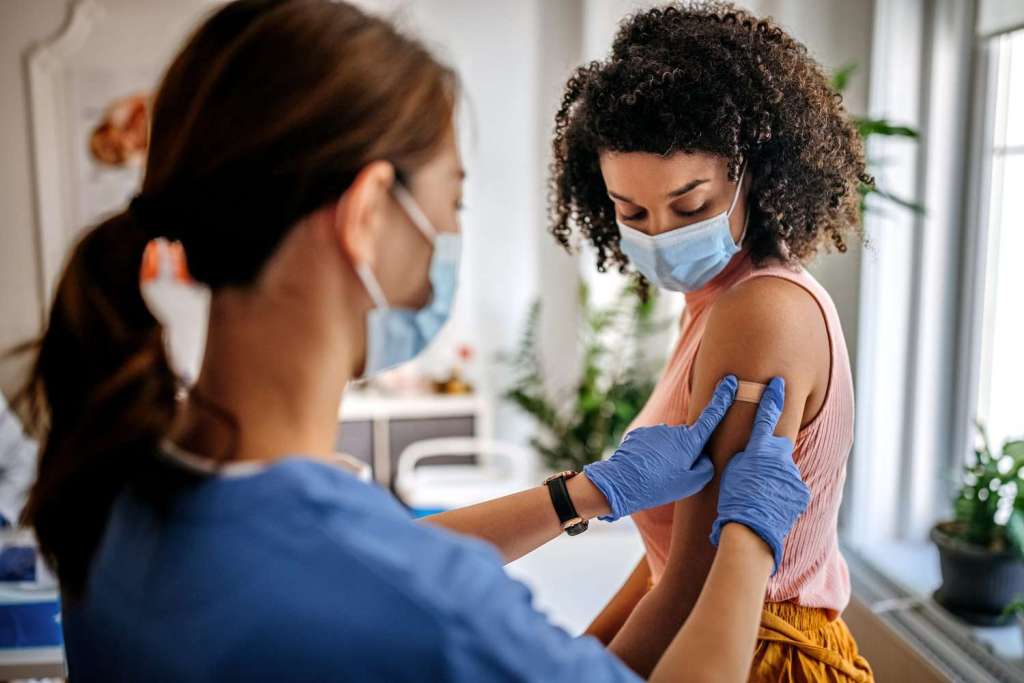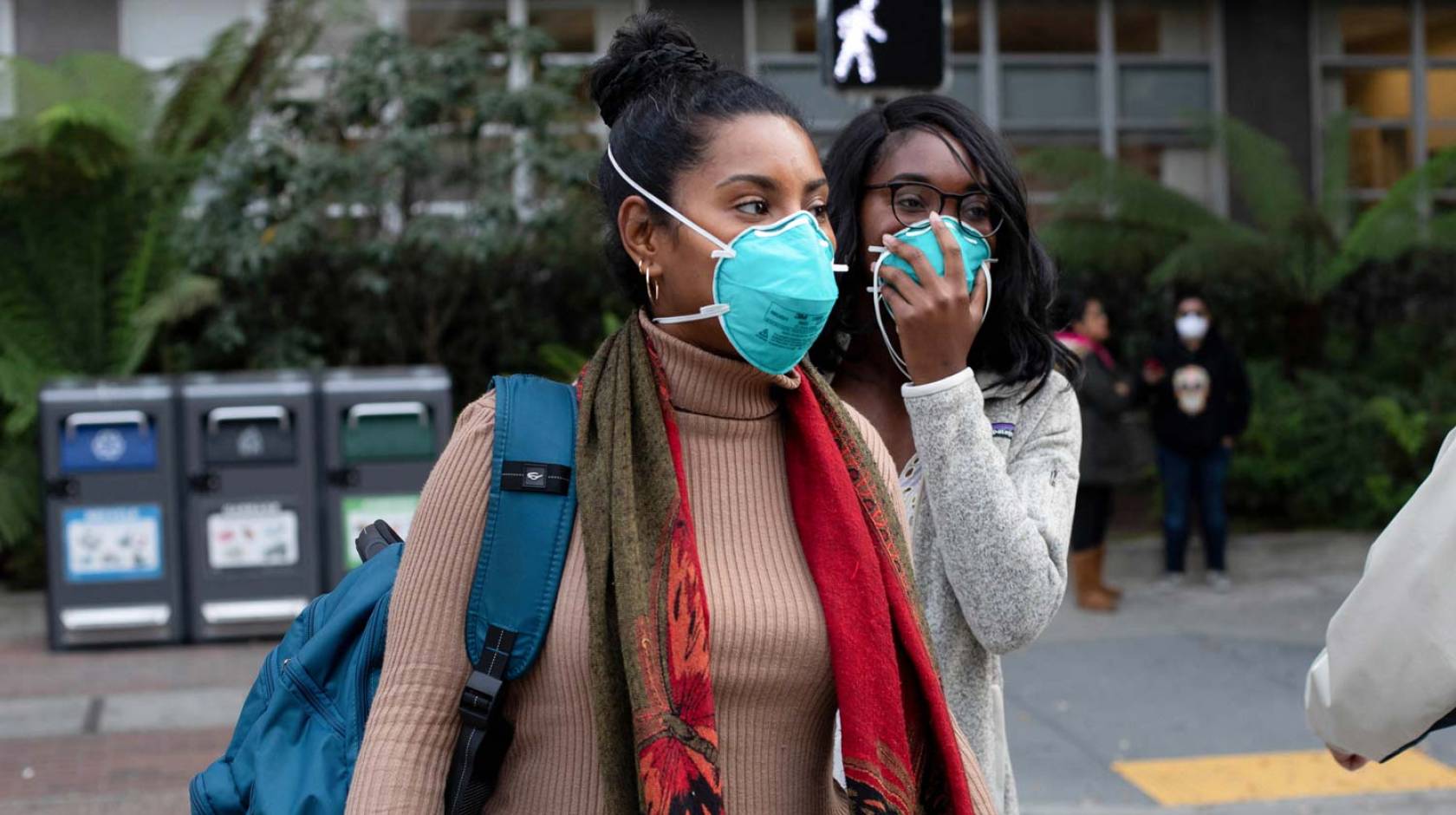The immunization campaign against Covid-19 has been brought forward by a month in the face of changes in the disease’s conduct. The choice was made as the UK heads into harvest time and has raised concerns that the country faces an unused wave of an infection that activated a national lockdown three a long time prior. Here we see the issues included and scientists’ reactions to the dangers that lie ahead.
COVID-19:
As the world enters an unused year, numerous open well-being and irresistible infection specialists foresee that observing modern coronavirus variations will be a progressively critical portion of COVID-19 moderation endeavors – and a few are turning their consideration to a surge in cases in China.

coronavirus subvariant JN.1 :
The fast development of the coronavirus subvariant JN.1 amid the occasion season may fuel winter waves of sickness within the United States and past, open wellbeing specialists warn.
JN.1 caused about half of new U.S. coronavirus contaminations within the two weeks leading up to Christmas, the Centers for Illness Control and Avoidance gauges. The World Well Being Organization on Dec. 19 announced JN.1 a variation of intrigued “due to its quickly expanding spread,” from 3 percent of worldwide cases in early November to 27.1 percent a month later.
The timing concerns specialists since JN.1 shows up to be spreading proficiently in a period when coronavirus as a rule surges as individuals travel for the occasions and remain inside. COVID-19 hospitalizations and coronavirus wastewater levels are rising within the United States.
WHO:
The coronavirus contains a design of cresting around the modern year. Other nations with a huge number of cases incorporate France, Singapore, Canada, the Joined Together Kingdom, and Sweden, agreeing to WHO. China too recognized seven cases in the final week.
India:
In early December, JN.1 was also found in the Indian state of Kerala. A 79-year-old female quite had gentle, influenza-like side effects and has since recuperated. On Monday, neighboring Karnataka state’s well-being service made covers obligatory for those over the age of 60, as well as individuals with heart or breathing issues. India has detailed 21 cases of the JN.1 infection so far.
The hop in JN.1 diseases compares with a rise in all major COVID-19 markers. The CDC’s most recent following appears that COVID-related passing has climbed by 10 percent within the later week. In addition, hospitalizations are up by more than 16 percent, crisis visits due to COVID-19 have expanded by 12 percent, and test inspiration has crept higher by 0.7 percent.
Transmissible:
Coronavirus is always advancing into shapes that are more transmissible or more capable of tainting individuals who were inoculated or already tainted. Those traits offer assistance variations that outcompete others in circulation and fuel waves of disease. The situation researchers have feared has, however, materialized within the final two a long time: a profoundly infectious variation distant deadlier than the ones some time recently.
Healthcare:
In reaction to this slant, the CDC has issued a cautionary caution to healthcare professionals, emphasizing the basics to heighten immunization endeavors against flu, COVID-19, and respiratory syncytial infection (RSV). This proactive degree points to addressing the developing predominance of the JN.1 subvariant and relieving the effects of respiratory ailments within the population.
It is suggested that people aged 6 months and more seasoned get flu immunization, whereas RSV immunization is particularly accessible for those aged 60 and over. Immunization plays an essential part in minimizing the probability of disease and, critically, diminishing the hazard of advancing to severe illness or fatalities.

It isn’t however known whether JN.1 has other evolutionary advantages that might influence its capacity to contaminate individuals or cause more extreme sickness, compared to other variations. Concurring to the C.D.C., hospitalizations for COVID-19 are on the rise once more, but that will be since diseases continuously increment amid the winter months.
The CDC has not found proof proposing that JN.1 poses an expanded chance to open well-being compared with other variations, and specialists say the rise in cases may be a portion of winter season patterns and conditions.
Types of indications are anticipated to be the same as COVID-19, and pandemic-era measures such as social separating and wearing veils have been empowered as precautions.
Side effects:
Like other COVID-19 variations, side effects will vary based on a person’s insusceptibility and general well-being, according to the CDC. Common side effects incorporate fever or chills, hack, weariness, and body hurts.






